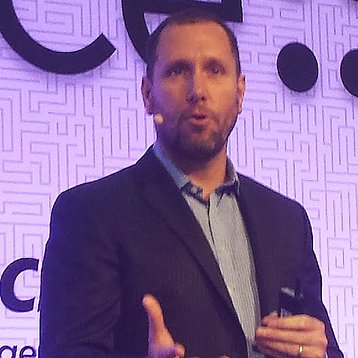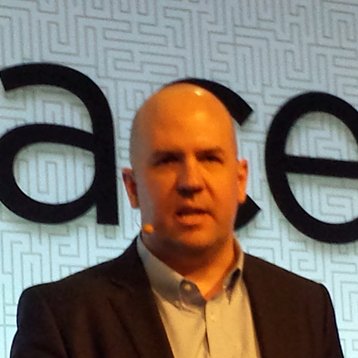Rackspace - somewhat ironically, given its name - is doing increasing amounts of its business outside of its own data centers, managing the private clouds and applications of enterprise customers through service contracts, executives told a London event this week.
The company started out offering space, power and networks for dedicated servers, but quickly found that customers needed service and support. The same thing turned out to be true for virtual servers in the cloud, and Rackspace now manages private clouds for companies - both on and off premises - and even supports its customers email and office applications when these are hosted in Google or Microsoft Azure clouds, said CEO Taylor Rhodes at the Rackspace Solve event in London.
Who runs your cloud?
“Rackspace is the do-it-together cloud,” said Rhodes, who was apointed as CEO in September 2014, at the first of Rackspace’s Solve customer events to take place in the UK. He contrasted Rackspace customers’clouds, built on open platforms including OpenStack and managed by Rackspace staff, with the more proprietary clouds offered by rivals.
In the cloud world, technology and both hardware and software resources are plentiful, but skilled cloud engineers are scarce and expensive, said Rhodes: “Which skills do you keep on your payroll?” he asked, pointing to the difficulty of keeping tech staff motivated, and warning that this would distract firms from their core business.
Rackspace offers a trusted resource for managing private clouds, given that it runs a large internal OpenStack cloud, shared by multiple tenants, said Rhodes.
Rhodes was appointed after a period of soul-searching at Rackspace, where the company felt its public cloud might not be large enough to stand alone against the giants, and considered purchase offers from other companies.
Rhodes is heading up Rackspace’s strategy for independence which is based on offering services - with a strong public cloud which is offered as a demonstration of its capabilities, while being a profit center in its own right, built on a growing number of data centers, including the recently opened London site at Crawley.
Earlier, Rackspace CTO John Engates detailed Rackspace’s strategy to DatacenterDynamics. While margins are falling in managed cloud, Rackspace can afford to be “not the cheapest”, said Engates, because it has other symbiotic revenue streams.
Most Rackspace customers already have infrastructure on their own premises, along with some Rackspace cloud resources, and applications running on public clouds such as Google and Azure, said Engates.
Rackspace is happy to manage customers’ internal resources, “as long as they use a flavor of hardware we are familiar with,” and Rackspace is also now supporting applications on public clouds: its Cloud Office product buys and supports Office 365 and Google Apps for on behalf of its customers.
Engates was not able to break out the proportion of Rackspace’s revenues that came from services on its own hardware and those coming into the category of remote service and support, explaining quite reasonably that contracts will mix the two and make it impossible to get a real figure.
He did say that 40 percent of Rackspace’s private cloud work was on hardware outside the company’s data centers, however.
One high profile partner of Rackspace with a giant Openstack cloud is CERN, whose CTO Tim Bell presented details of the giant physics facility’s data center strategy, the day after the lab’s large hadron collider (LHC) was switched on again for the first time after two years of upgrade.
The LHC has giant cameras that can gather 1Pbyte of data per second and an OpenStack network filters this quickly to save around 15 to 27PB per year. This will likely increase to 400PB per year by 2023, after another upgrade, said Bell.


